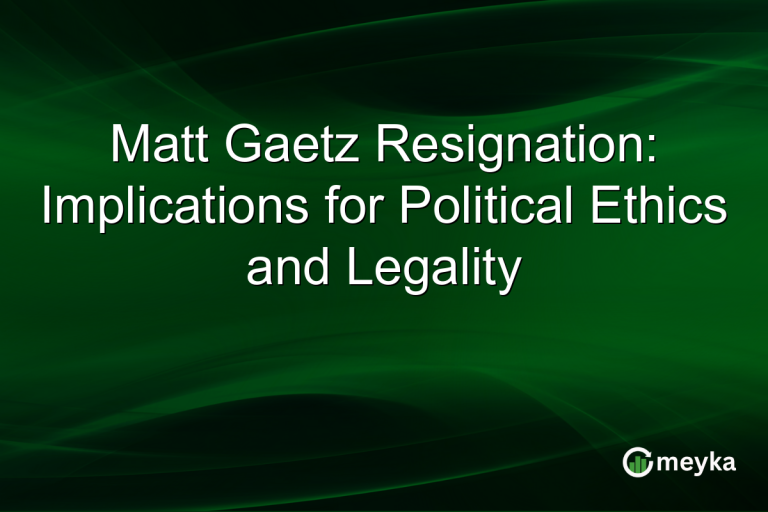Li Qiang’s Singapore Visit Insights: Strengthening China-Singapore Ties
Li Qiang’s recent visit to Singapore, following an invitation from Prime Minister Lawrence Wong, marks a significant moment in China-Singapore relations. This strategic meeting highlights both nations’ commitment to deepening ties and advancing economic cooperation. Investors have been closely monitoring this visit for potential impacts on Asia’s geopolitical and economic landscape.
Strengthening China-Singapore Relations
Li Qiang’s visit signifies a deepening of China-Singapore relations, emphasizing enhanced economic collaboration. With both nations being major players in ASEAN, this meeting paves the way for joint initiatives in infrastructure, technology, and sustainable development. The discussions reiterate a commitment to mutual growth and shared prosperity.
This ties into broader regional strategies, aiming to navigate economic uncertainties and foster stability. By strengthening bilateral relations, both countries are poised to leverage opportunities in regional supply chains and trade partnerships. Read more about geopolitical strategies.
Economic Cooperation: Key Discussions
During this visit, economic cooperation was a focal point, particularly aligning with the ASEAN economic summit’s goals. Li Qiang and Lawrence Wong explored collaborative avenues in digital economy, green finance, and smart city development. These initiatives reflect a forward-looking approach to harnessing technology for economic growth.
For investors, this signals a promising environment supported by transparent policies and robust economic frameworks. The focus on high-tech industries and sustainable practices could influence market trends and attract investment into the region.
Regional Implications and Strategies
The timing of Li Qiang’s visit aligns with regional geopolitical shifts and economic realignments. With China’s Belt and Road Initiative, Singapore’s strategic location becomes even more critical as a hub for trade and investment.
This move could redefine supply chain dynamics and enhance economic resilience across Southeast Asia. As these strategies unfold, observers can expect a recalibration of regional economic policies, potentially boosting investor confidence and market stability.
Lawrence Wong’s Role in Bilateral Growth
Prime Minister Lawrence Wong’s leadership has been pivotal in fostering Singapore’s international relations. His strategic vision aligns closely with Li Qiang’s objectives, focusing on regional cooperation and economic innovation.
Under Wong’s guidance, Singapore continues to strengthen ties not just with China, but also with other major economies, solidifying its status as a key player in international diplomacy. This proactive approach reassures investors of Singapore’s commitment to global partnerships and sustainable growth.
Final Thoughts
Li Qiang’s visit to Singapore is more than a diplomatic engagement; it’s a strategic move reinforcing China-Singapore ties amid global economic shifts. As these nations deepen their collaboration in technology and sustainability, the potential for mutual economic benefits grows. For investors, this visit signals a stable, cooperative future for Southeast Asia, with opportunities for robust market engagement.
As the region navigates through economic challenges, the reinforced partnership offers a promising outlook, leveraging shared strengths and fostering innovation. The emphasis on sustainable development and regional cooperation stands to benefit both economies, ensuring continued growth and stability in an increasingly interconnected world.
FAQs
Li Qiang visited Singapore to strengthen China-Singapore relations and explore economic cooperation avenues. This visit emphasized collaboration in areas like digital economy, infrastructure, and sustainability, aligning with broader regional strategies.
The visit reinforces bilateral ties, with both nations committing to economic collaboration and joint initiatives. Enhanced cooperation could lead to stronger trade partnerships and regional stability, benefiting both economies.
Key discussions focused on digital economy, green finance, and smart city development. These areas aim to harness technology for growth and promote sustainable practices, which are crucial for future economic resilience.
Disclaimer:
This is for information only, not financial advice. Always do your research.






